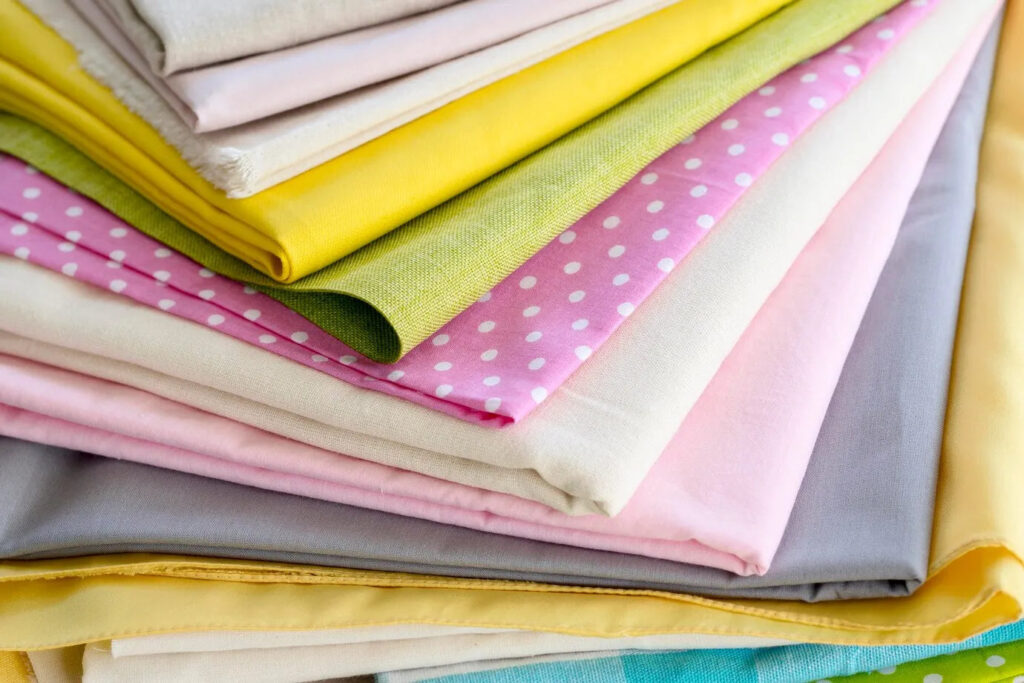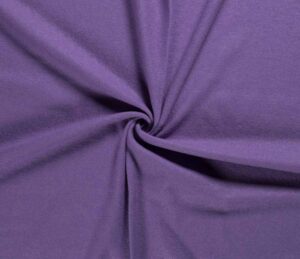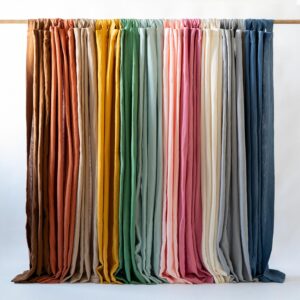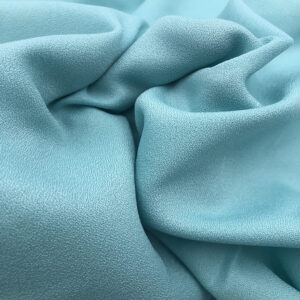Is Georgette Better for Sensitive Skin than Cotton?
Fabric compatibility is crucial in fashion and sewing, especially when considering sensitive skin. Both georgette and cotton have unique properties that influence their suitability for sensitive skin. In this article, we’ll explore these fabrics, compare their characteristics, and determine which might be better for sensitive skin.
Compatibility Analysis
No, georgette is not necessarily better for sensitive skin than cotton. Cotton is generally more suitable for sensitive skin due to its natural fibers and breathability. Georgette, often made from synthetic fibers, can sometimes irritate sensitive skin. Key factors to consider include:
- Texture: Cotton is soft and smooth, while georgette has a slightly rougher texture.
- Weight: Cotton is lightweight, and georgette is typically even lighter.
- Stretch: Cotton has minimal stretch, whereas georgette can have some flexibility depending on its fiber content.
- Care Requirements: Both require careful washing, but cotton is more forgiving.
- Durability: Cotton is durable, while georgette can be delicate.
Fabric Properties Comparison Table
| Property | Cotton | Georgette |
|---|---|---|
| Fiber Content | Natural | Synthetic (often) |
| Weight and Thickness | Lightweight | Very lightweight |
| Breathability | Highly breathable | Moderately breathable |
| Moisture-Wicking | Good | Moderate |
| Stretch and Elasticity | Minimal | Some, if blended |
| Wrinkle Resistance | Low | Moderate |
| Care Instructions | Machine wash cool | Hand wash or dry clean |
| Durability | High | Moderate |
Benefits of Mixing These Fabrics
- Enhanced Texture: Combining cotton’s softness with georgette’s fluidity can create visually interesting textures.
- Improved Comfort: Cotton’s breathability paired with georgette’s lightness offers comfort.
- Better Drape: Georgette adds flow and movement to garments.
- Cost-Effectiveness: Mixing can be more economical than using pure georgette.
- Seasonal Versatility: Cotton is great for summer, while georgette can transition into cooler seasons.
- Design Possibilities: The combination allows for creative fashion and home decor designs.
Potential Challenges
- Different Shrinkage Rates: Pre-wash fabrics to prevent uneven shrinkage.
- Conflicting Care Requirements: Choose compatible washing techniques.
- Texture Clash: Test fabric samples together to ensure compatibility.
- Seam Puckering: Use appropriate interfacing and stabilizers.
- Color Bleeding: Pre-wash to check colorfastness.
Sewing & Styling Tips
- Sewing Techniques: Use a fine needle (size 70/10) and polyester thread for georgette.
- Interfacing Needs: Lightweight interfacing can help stabilize georgette.
- Seam Finishing: French seams work well for a clean finish.
- Pattern Selection: Choose patterns that highlight the drape of georgette.
- Styling Ideas: Pair a georgette blouse with cotton pants for a balanced ensemble.
Care & Maintenance Guide
- Washing Instructions: Use cold water and gentle detergent.
- Drying Recommendations: Air dry to prevent shrinking.
- Ironing Tips: Use a low heat setting and a pressing cloth.
- Stain Removal: Treat stains promptly with mild soap.
- Long-Term Care: Store in a cool, dry place to maintain fabric integrity.
FAQ Section
- Can you wash georgette and cotton together? Yes, but use a gentle cycle and cold water.
- Will georgette shrink more than cotton? Georgette is less likely to shrink than cotton.
- What needle size should I use for sewing these fabrics together? A size 70/10 needle is recommended.
- Can you mix georgette and cotton in one garment? Yes, but test for compatibility first.
- How do you prevent puckering when combining these fabrics? Use a walking foot and adjust tension settings.
- Is it okay to mix georgette and cotton for upholstery? It’s possible, but ensure durability for upholstery use.
- What’s the best way to finish seams with these fabrics? French seams or serging are effective.
In conclusion, while georgette offers unique qualities, cotton remains a more reliable choice for sensitive skin due to its natural, breathable properties. By understanding the characteristics and compatibility of these fabrics, you can make informed decisions for your sewing and fashion projects.




Leave a Reply